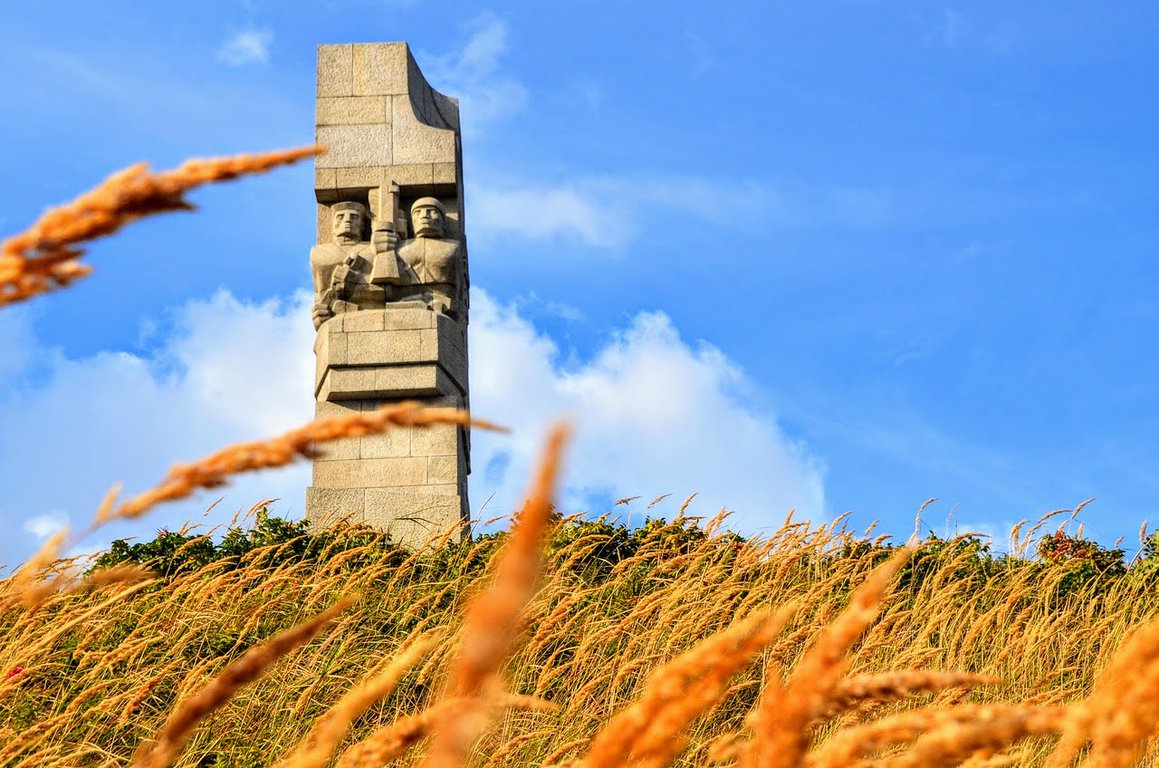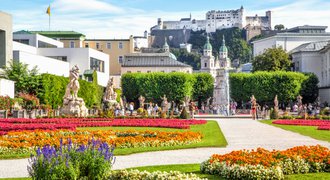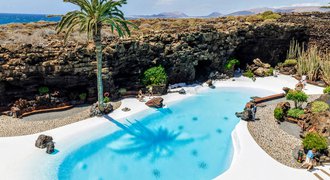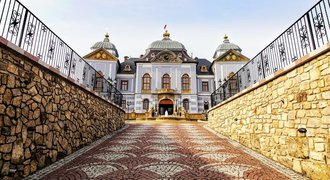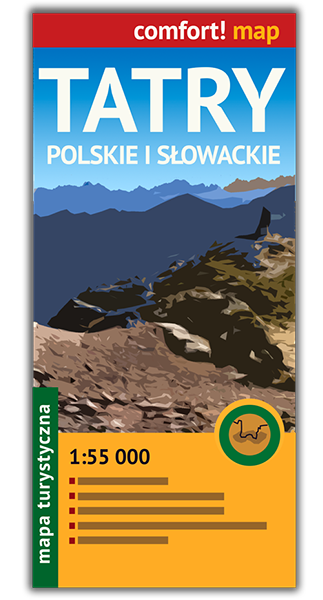If you're wondering which are important but underrated Gdańsk tourist attractions, it's worth adding Westerplatte to your list. It's a symbol of Polish history and courage. The heroic defence of Westerplatte in September 1939 is considered the first battle of World War II.
On the peninsula, there are historical objects, as well as a promenade and a beach.
Come on, let's discover one of the most important hidden gems in Poland.
Gdańsk Westerplatte
Before you learn about the Westerplatte Peninsula, dive into these articles:
🌇 18 best things to do in Gdańsk
🪖 Museum Of The Second World War
✊ European Solidarity Centre in Gdańsk - good to know before you go
Battle of Westerplatte
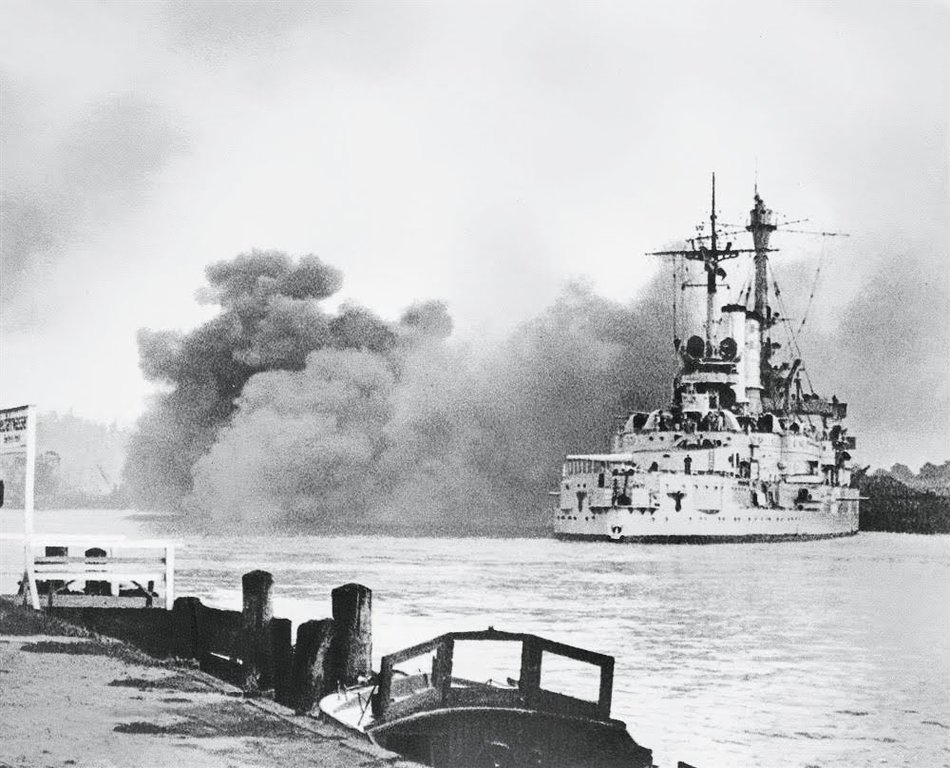
German Battleship SMS Schleswig-Holstein coming to the Gdańsk Westerplatte. Photo source: Landmark Scout
In 1938, the most modern barracks in Poland were built on the Westerplatte grounds, well-prepared for defense and camouflaged. The Westerplatte garrison consisted of 2 officers, 20 non-commissioned officers, and 66 privates. Just before the outbreak of the war, it was reinforced to about 210 men.
It all began on September 1, 1939, at early morning, when the battleship "Schleswig-Holstein" opened fire on Westerplatte.
It's widely believed that over the next seven days, the defenders repelled thirteen assaults and several raids, killing and wounding nearly 1,000 out of 3,000 Germans. In the end, however, they had to surrender.
These days however, the newest historical sources differ a bit.
Indeed, the attackers had an advantage, but not as overwhelming as often portrayed. According to historian Jarosław Tuliszka in his book "Westerplatte 1926-1939," the number of German soldiers did not exceed 1,000 (not including the battleship's crew).
One can also encounter the often-repeated information about thirteen repelled assaults. In reality – as Jarosław Tuliszka emphasizes – the Germans carried out only two general assaults and one attack that was a deep reconnaissance in force. Both assaults took place on the first day of the fighting and were bloodily repelled. The attackers lost nearly 40 killed and many wounded, several of whom later died in hospitals. This costly lesson gave the German command pause.
The next general assault was postponed several times, focusing on other areas of operation. Finally, Hitler himself allowed the assault to take place on September 8th. The day before, it was decided to carry out the aforementioned attack, which was a deep reconnaissance in force.
During this attack, several Germans were wounded, but no one was killed. Due to the surrender of the defenders, the third assault – this time well-prepared – never took place, which would probably have ended in a massacre of the Polish garrison.
All in all, Gdańsk Westerplatte is a significant place - the World War II started there. It's a symbol of heroism, courage, patriotism, and honor and is one of the most underrated Gdańsk tourist attractions.
Westerplatte Peninsula - sightseeing
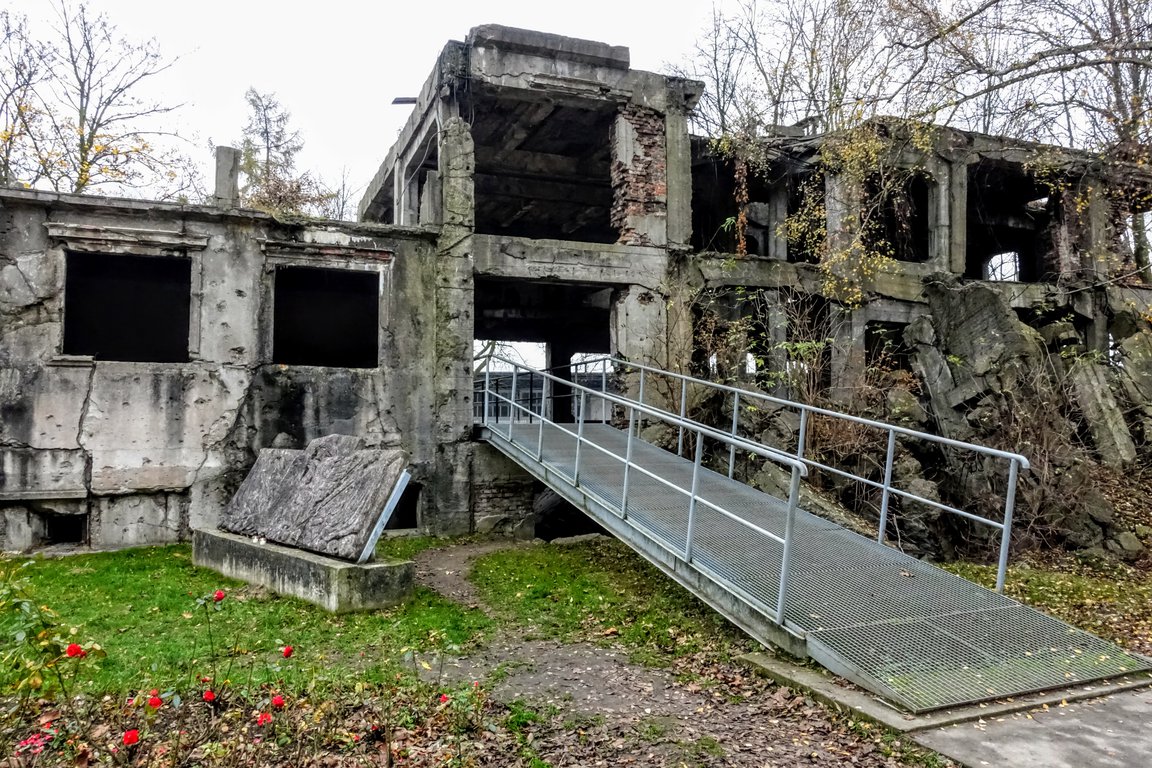
A visit to the Westerplatte is one of the best free things to do in Gdańsk
The Westerplatte educational path, leading through all the interesting points, begins at the railway tracks. The first significant place on the trail is the "Wał" ("Rampart") outpost, which was commanded by Corporal Edmund Szamlewski during the war.
Then you reach a concrete bunker. Contrary to appearances, this is not a bunker that was used to repel German attacks during World War II. This bunker was built in the 1950s and was part of the 25th Permanent Artillery Battery. This artillery was located in the Northern Port, the Gdańsk Stogi district, and here on Westerplatte.
Opposite the bunker, you can also see a concrete observation tower, and then the path will lead you to the next attraction on Westerplatte, the "Fort" outpost.
Fort Outpost and Guardhouse No. 1
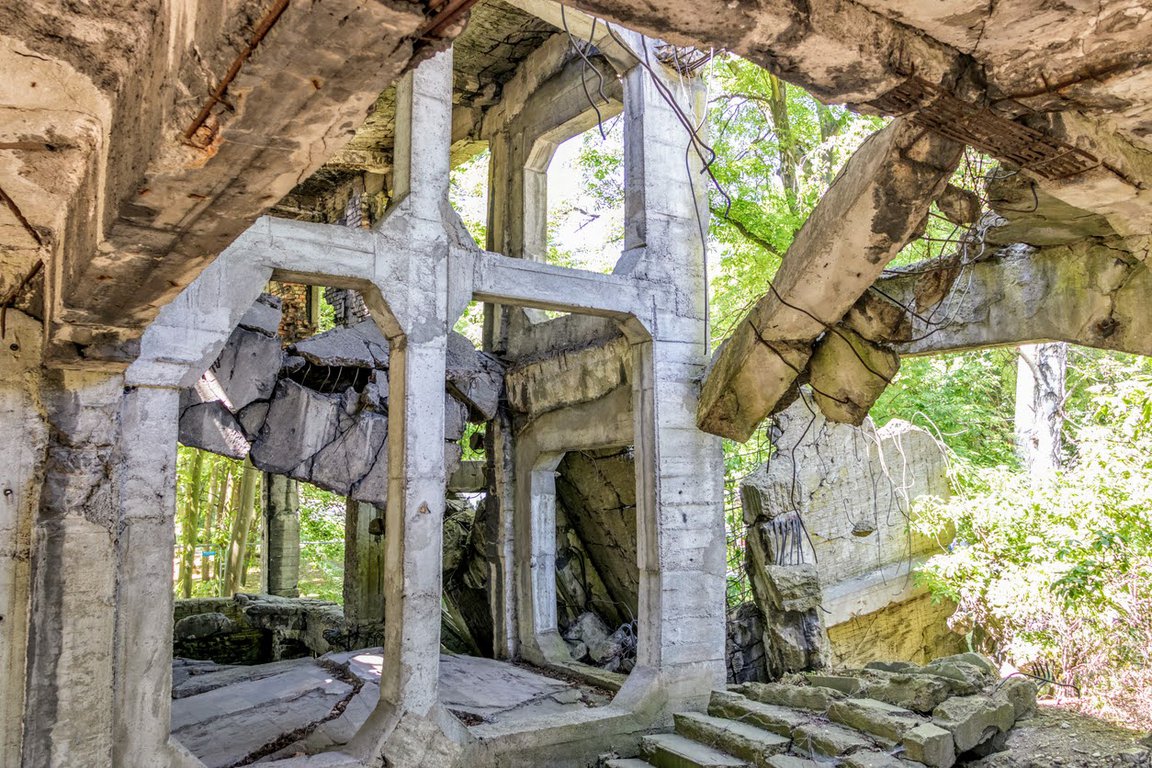
The next point of interest on the Westerplatte tour is the "Fort" outpost. You reach this outpost by walking along the shore of the Bay of Gdańsk.
During the defence of the Polish coast in 1939, the Fort outpost was used for anti-landing defence and to link the machine gun fire system with other defensive structures.
The next interesting place is the Westerplatte Defenders Cemetery. It was established in the place of Guardhouse No. 5 of the Military Transit Depot, destroyed on September 2, 1939, by a dive bomber raid. In the cemetery, there rest two Polish soldiers whose bodies were found in the ruins of this guardhouse, and some of the Polish soldiers who died defending Westerplatte.
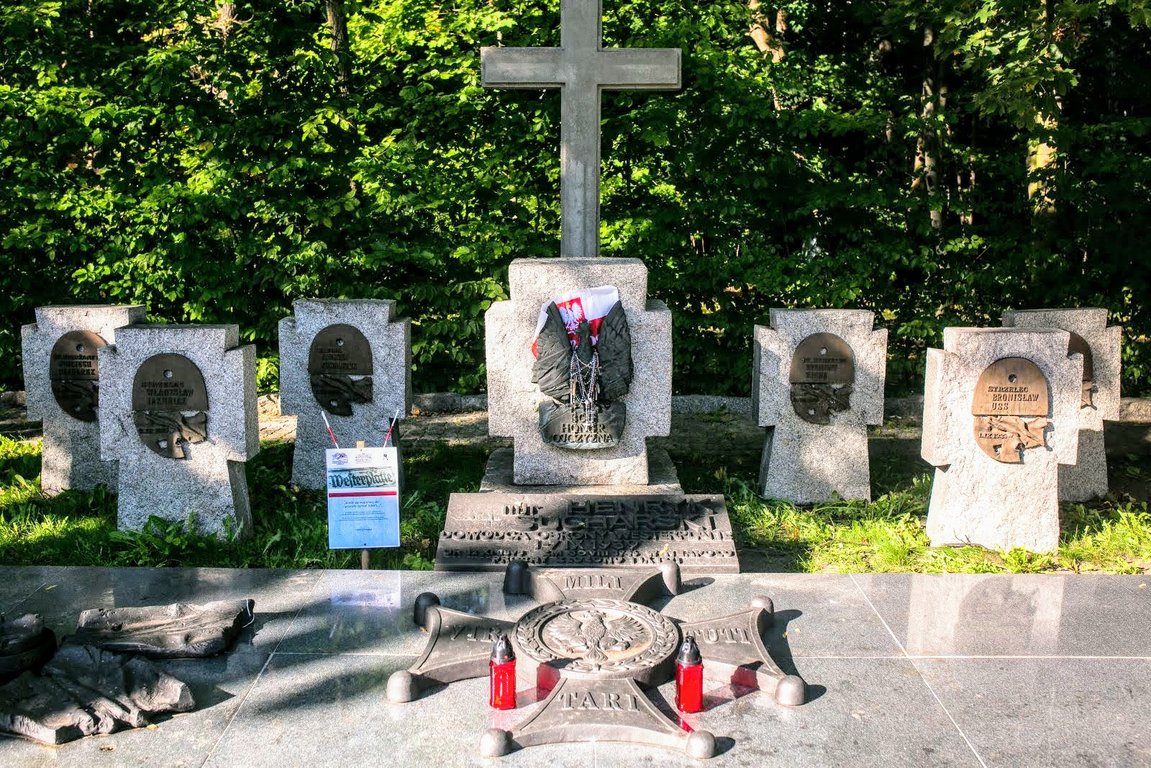
Next worthwhile place is the Guardhouse No. 1 and the ruins of the New Barracks.
Guardhouse No. 1 is a small, rectangular building consisting of a ground floor and a basement. In the basement of the guardhouse, there were hidden machine gun positions that surprised the advancing Germans and contributed to the effectiveness of the Westerplatte defence.
Not far from the guardhouse, along the trail, you reach another interesting place, the ruins of the New Barracks. This building was constructed in 1934 and was heavily damaged during the bombings. Despite this, the barracks didn't lose their defensive capabilities and continued to serve the brave defenders. Today, the ruins of the barracks are accessible to tourists, but they are visited at one's own risk due to the poor condition of the entire structure.
In front of the New Barracks building, there are commemorative plaques funded by the Gdańsk City Council, presenting the names of all the defenders of Westerplatte.
The Mound and Monument to the Defenders of the Coast

The last stop on the Westerplatte Peninsula is the Mound, on top of which stands the Monument to the Defenders of the Coast. Before reaching the mound, the trail will lead you to a small square with a large inscription "Never Again War."
Official ceremonies commemorating the events of September 1, 1939, are regularly held in the square below the monument. This is also where the ascent to the mound begins.
The mound was created as a leftover from the expansion of the Port of Gdańsk and the embankment system. The Monument to the Defenders of the Coast on Westerplatte is 25 meters high and consists of 236 granite blocks.
As it was created during the communist era, unfortunately, it has little to do with the heroic defenders of Westerplatte. Its content and form were intended to spread Soviet propaganda during the communist period. The monument has survived in this form to the present day and is now one of the most popular Gdańsk tourist attraction.
After climbing to the top of the mound, you will have the opportunity to admire impressive views of the port and the Bay of Gdańsk. You can also often observe huge ships entering the port of Gdańsk.
After visiting the mound, it's worth taking a detour on the way back to the information boards describing the events of September 1, 1939.
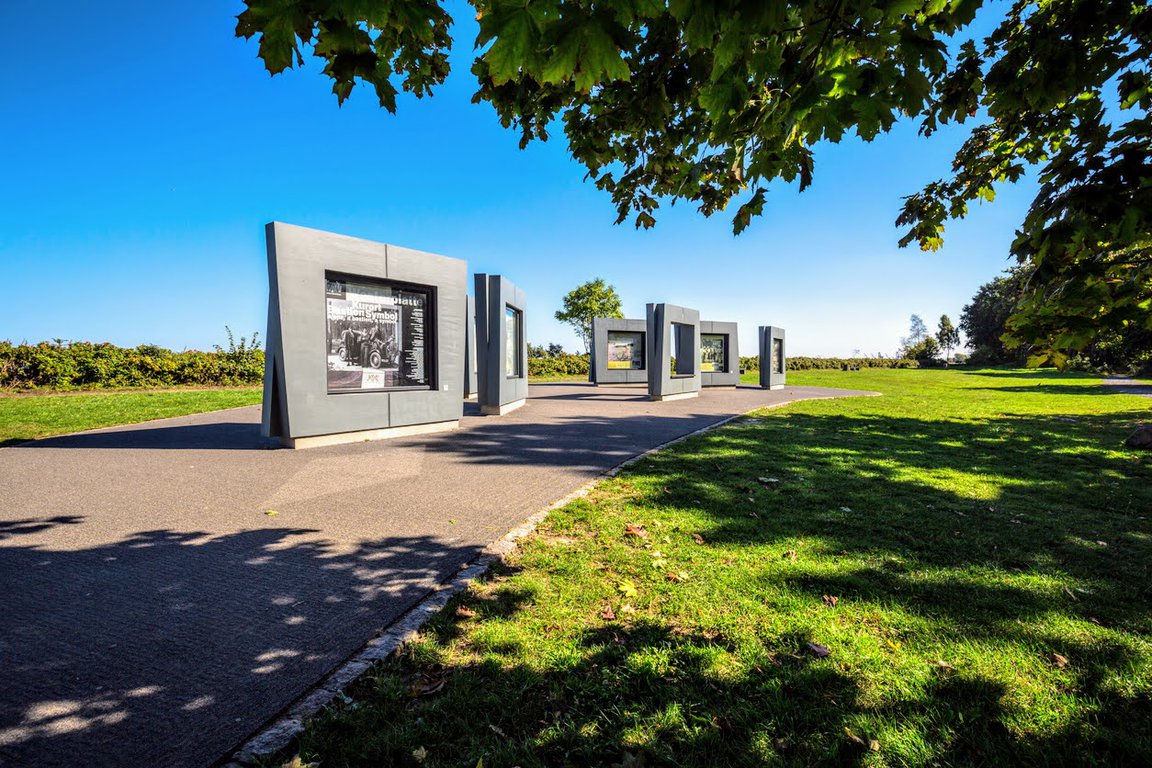
You'll find these boards opposite the ruins of the New Barracks. They will tell you, in chronological order, exactly what happened at the beginning of World War II and how the defence of the Polish coast unfolded day by day.
You will also learn what happened to the defenders of Westerplatte after the fighting ended and how the fate of Poland unfolded until the end of the war.
Key points of interest
🇵🇱 Westerplatte Monument (Monument to the Defenders of the Coast) - this large monument commemorates the Polish defenders who fought against the German invasion in September 1939. The monument, erected in 1966, is a significant landmark and offers a panoramic view of the area.
🇵🇱 Guardhouse No. 1 - one of the main guardhouses used during the battle, Guardhouse No. 1 has been preserved and turned into a museum. It contains exhibits and artifacts related to the battle and the broader context of World War II.
🇵🇱 Military cemetery - this solemn site is the final resting place of the soldiers who died defending Westerplatte. It provides a place for reflection and honoring the fallen.
🇵🇱 Ruins and bunkers - the peninsula still has several ruins and bunkers from the battle. These remnants provide a tangible connection to the past and are scattered throughout the area.
🇵🇱 Historical route - a designated walking path with information boards guides visitors through key sites on the peninsula, providing historical context and details about the battle and the events that unfolded there.
Interesting war-themed tours in Gdańsk
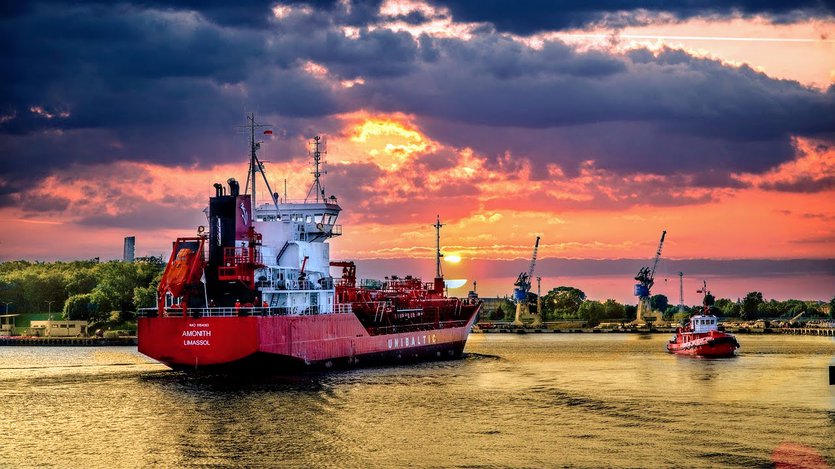
The Second World War's impact is vast and complicated. If you're looking to gain a deeper understanding of the events, context, and significance of the WW2, a guided tour is a good way to do so.
We highly recommend Get Your Guide tours, as we've had nice experiences with their punctual service and knowledgeable, friendly guides.
Here are some tours that might pique your interest:
📌 Private Westerplatte Tour by Car or Boat. Check the details. Hotel pickup included if you choose a car option. Check the details.
📌 World War II Tour. Hotel pickup included. Check the details.
📌 Gdańsk, Sopot and Westerplatte Private Guided Tour. Check the details.
📌 Private Communism Tour in Gdańsk. Includes hotel pickup and drop-off and a skip-the-line ticket. Check the details.
How to get there?

Westerplatte is located on the Port Island in the northeastern part of Gdańsk. You can get there either by car, boat or you can use Gdańsk's public transportation.
Let's start with the public transportation option:
Buses 106 and 138 go to Westerplatte, departing from the Gdańsk Główny railway station. If you want to get to Westerplatte from Gdynia or Sopot, you can get to Gdańsk using the Fast Urban Railway (SKM).
The bus ride to Westerplatte from Gdańsk takes about 30 minutes. If you prefer to go to Westerplatte with a car, the drive through the city will take you from 15 to 30 minutes, depending on traffic. Upon arrival, you can park your car at the Westerplatte Parking, which is paid.
Gdańsk Westerplatte boat
In my opinion, the most attractive way to get to Westerplatte peninsula is to take a boat cruise from the Old Town. I truly enjoyed the cruise and I think it's one of the best Gdańsk tourist attractions (maybe because I rarely travel by boat 😉).
Beautiful galleon ships wait for tourists in the dock on Motlawa river - you can check the location here.
Boat tours start at 10AM and the ships depart every hour. The last cruise from Gdańsk to Westerplatte is at 7PM.
Tickets are sold right next to the ships. Return boat tour to Westerplatte costs 90 PLN for an adult, children's return ticket costs 70 PLN (as of August 2024).
You can get the cruise on a galleon ship to Westerplatte a bit cheaper at Get Your Guide here.
Practical info
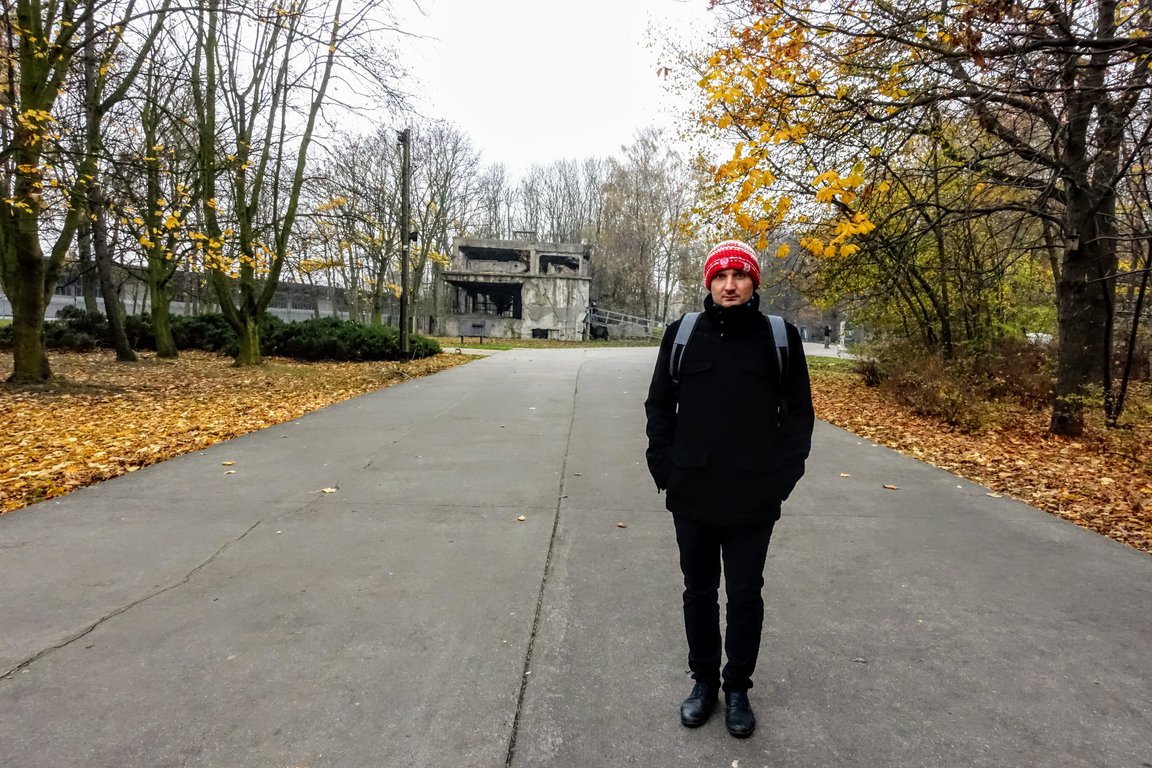
A visit to the Westerplatte Peninsula is one of the best outdoor things to do in Gdańsk. But it's crucial to check the weather before the trip and wear suitable clothes and comfortable shoes.
After exploring the entire Westerplatte peninsula, simply retrace your steps back to the parking lot near the "Fort" outpost. There, you can purchase souvenirs from your trip.
Exploring the entire Westerplatte peninsula takes about 2 hours. The entry is free of charge.
It's worth visiting the Westerplatte beach, which offers a magnificent view of the Bay of Gdańsk.
There are three restaurants on the Westerplatte Peninsula. Those are laid back places which serve mainly fast food and fish. We dined at "Bar Przystań" and were happy with the food but we didn't have high expectations.
Best places to stay in Gdańsk

While hotels in Gdańsk's Old Town can be expensive, I think they're worth it.
During our recent trip, we stayed at the IBB Hotel Gdańsk, a nice hotel right in the middle of the Old Town, close to the Museum of the Second World War.
The hotel's location was perfect for exploring the city's main sights. We also loved the tasty breakfasts, big and comfy room, and helpful staff. We would definitely stay there again when we return to Gdańsk.
For budget-conscious travelers, Olympic Old Town is an excellent choice. This well-reviewed hostel in the Old Town offers a great location, delicious breakfast, and comfortable beds.
For a comfortable and well-equipped apartment in Gdańsk, consider Kamienica nad Motławą. Ideally situated on the picturesque Motława River, these apartments consistently receive high praise for their cleanliness, spaciousness, and convenient amenities.
Other places to visit in Poland
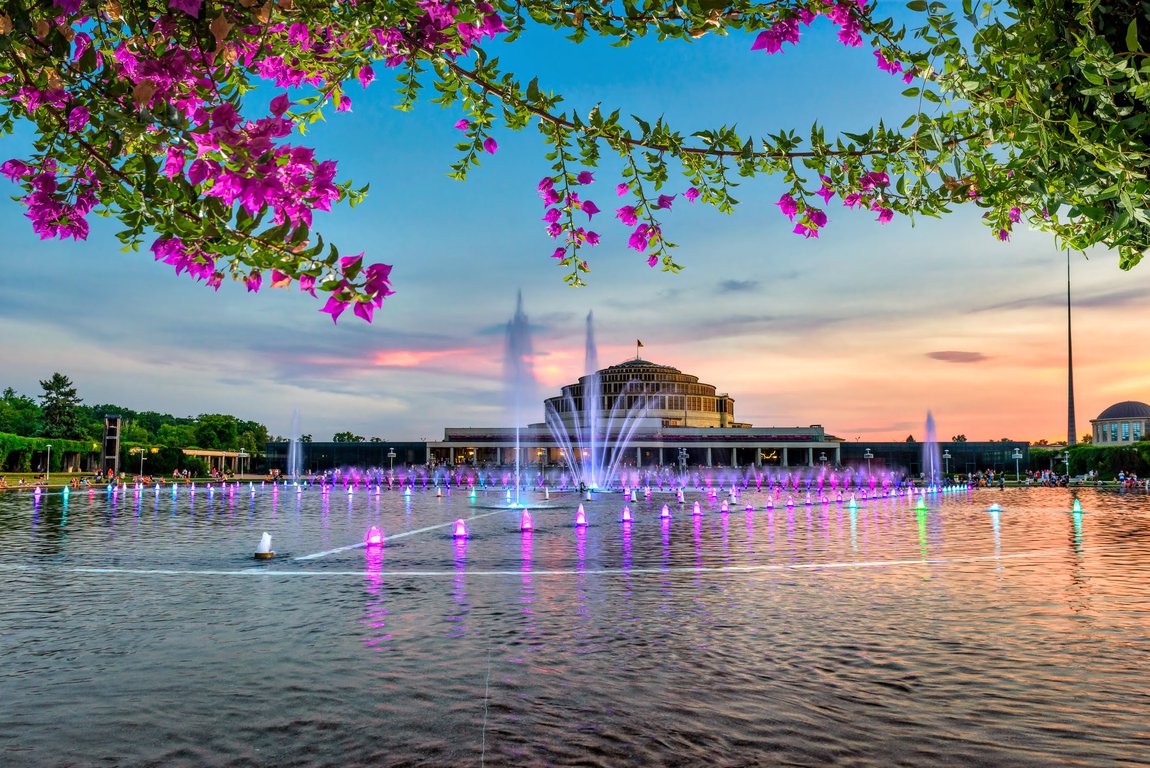
Poland is not just a country of historical monuments and museums. It has amazing natural scenery and different cultures to explore. Here are some beautiful places in Poland you might like to visit:
🌇 Wrocław - a charming city located on the Oder River. Famous for hundreds of dwarves figurines and impressive bridges.
🌇 Warsaw - the capital of Poland, must-see for all international visitors.
🌇 Poznań - a bit underrated among international travellers. It hides a lot of national gems.
🌇 Kraków - complete travel guide with insider tips.
⛰️ Babia Góra National Park - great option for hiking near Kraków.
⛰️ Easy hikes in High Tatras - a list of hiking trails suitable for everyone in the highest mountains in Poland.
⛰️ The most famous hiking trails in Tatra Mountains, Poland.
🌿 Nature places in Poland - 12 wonders worth a visit.
✅ Day trips from Kraków - the amazing south of Poland.
✅ 12 attractions of Poland you need to see - absolute must-see places in the country.

